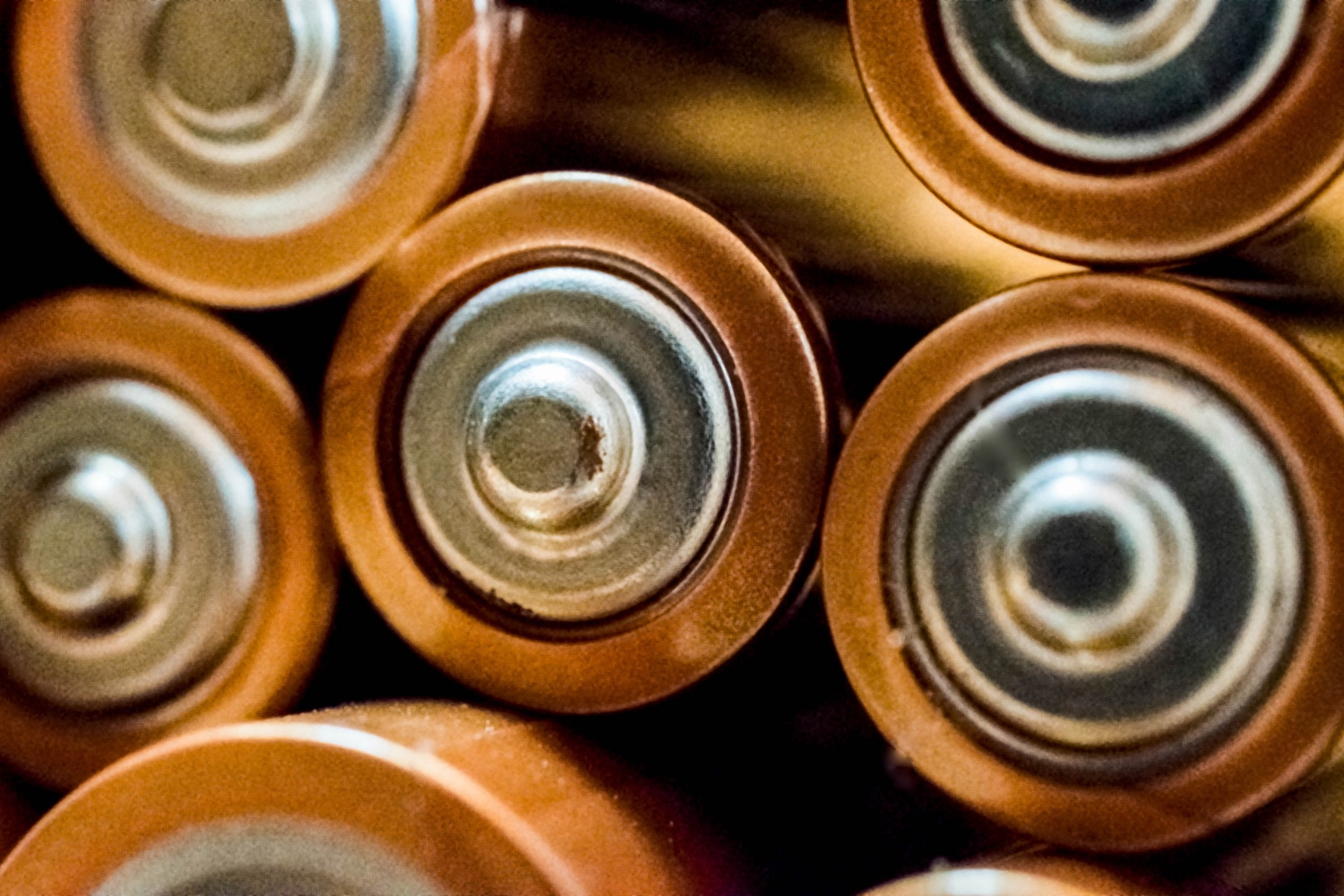
Lithium-ion batteries are everywhere. However, relying on lithium alone is risky because its chemicals are growing ever more expensive, their production is rather dirty, and the ore deposits are unevenly distributed around the world. Sodium-ion batteries continue to edge towards commercialization as a viable and cheaper alternative to increasingly expensive lithium-ion battery technology.
Researchers from Russia’s Skolkovo Institute of Science and Technology (Skoltech) and Lomonosov Moscow State University have developed a material for sodium-ion batteries.
The new material is a powder of sodium-vanadium phosphate fluoride with a particular crystal structure. Used in the battery cathode, it provides record-high energy storage capacity, eliminating one of the bottlenecks of the emerging sodium-ion technology. The new material has a particular crystal structure that could ensure 10% to 15% higher energy density than current sodium-ion batteries.
“Our material also compares well with the class of layered materials for cathodes: It provides roughly the same battery capacity and greater stability, which translates into longer life and higher cost-efficiency of the battery,” the study co-author, Assistant Professor Stanislav Fedotov of Skoltech, said. “Remarkably, even the theoretical predictions for the competing materials fall short of the practical performance of ours, and this is far from trivial because the theoretical potential is never fully realized.”
Researchers say once more research into efficient materials for sodium-ion batteries is conducted, they might well supersede lithium-ion accumulators in heavy electric vehicles, such as buses and trucks, as well as stationary energy storage at the wind and solar farms and elsewhere.
“In fact, the battery community tends to proceed with the search for new materials either empirically – by trial and error – or with high-throughput studies that test vast arrays of materials,” said Semyon Shraer, a research intern at Skoltech and the lead author of the paper. “We approach it differently and favor rational solid-state chemistry design. That means we rely on hard science, using the fundamental laws and principles of solid-state chemistry to arrive at the material with desired properties.”
“Theoretical considerations led us to the basic formula for a material that might provide high energy storage capacity,” he went on. “We then needed to determine which crystal structure would unlock that potential. The one we chose is known as the KTP-type framework, and it comes from nonlinear optics – it’s not really common for battery engineering. After careful thinking and theorization, we realized that this particular compound with that particular crystal structure should work. Then we managed to synthesize it via low-temperature ion exchange. And there it is, with its superior characteristics now confirmed by an experiment.”
meta: Researchers have developed a material for sodium-ion batteries, which offers an alternative to the increasingly expensive lithium-ion tech.
Powdered sodium-ion battery promises 15% higher energy density
Source: Tambay News

0 Comments